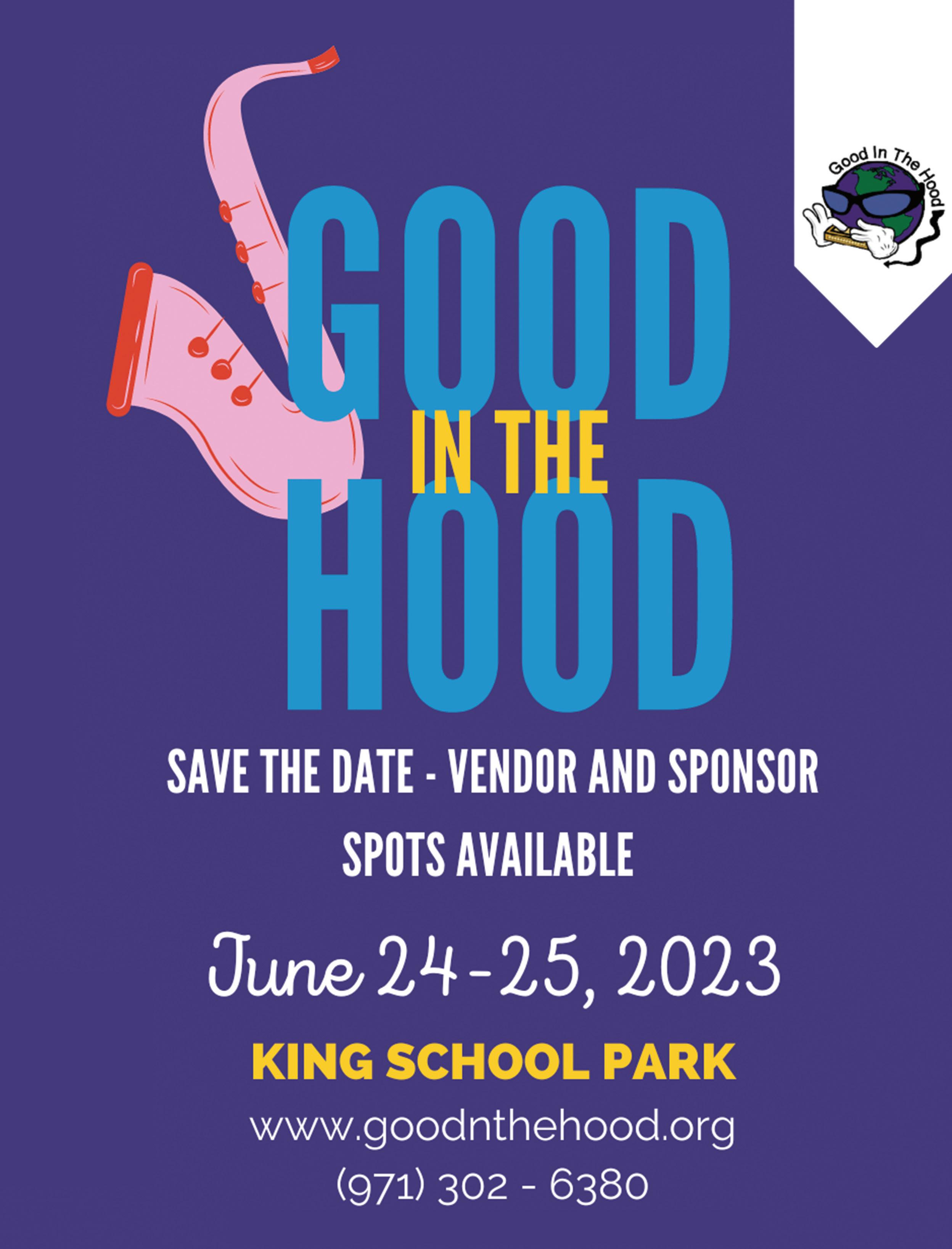
3 minute read
NAME, IMAGE, LIKENESS
A Golden Opportunity For College Athletes
BY JURELL SCOTT PHOTOGRAPHY MARCOS ROMERO TURNER
Advertisement
College athletes have generated billions of dollars for the NCAA. Electrifying athletes like Marcus Mariota, Candace Parker, and Anthony Davis gave sports fans jaw dropping highlights in college that will be cherished until the end of time. In return they received love from their fans, pressure from the media….and no compensation from the NCAA or their university.
About half of the athletes get scholarships (and only a handful are a full ride) to play at the collegiate level. After tuition, books, and housing, athletes are left with little or nothing, like 2018 national champion Donte Divincenzo who reported that, after expenses, only $3.71 remained in his account.
There were talks for decades about college athletes deserving pay. Some coaches paid players under the table or discreetly offered gifts as incentive to play for them (hoping they wouldn’t become the next scandal). Athletes had merchandise sold with their name on it and were in video games at one point, but never received a dime for the value their name brought to the NCAA. Things began to slowly change once lawsuits made by former players cost the NCAA 60 million dollars.
The NCAA was also hit with a one-two combo by the NBA and basketball overseas. brand via endorsements, marketing, and personal endeavors.
There are a wide variety of deals athletes can get from N.I.L. including getting paid for their autograph, social media postings, endorsements, hosting events, training camps, and more. Deals can be for one athlete, or an entire team. It all depends on what the client is looking for. More often now, you’ll see athletes post their student athlete experience on social media to increase their followers. Even players that don’t get much play time can grow their brand and receive deals.
Today, there are NIL valuations for the top recruits/athletes in the country. Second generation athletes (Bronny James and Arch Manning) and social media stars (Mikey Williams and Sunisa Lee) are projected to be worth millions of dollars based on their social media presence, in-game performance, and popularity. International students can’t receive any compensation through NIL due to immigration laws, but they still have the opportunity to build their personal brand
There are concerns with NIL being a distraction for athletes. Student athletes have a full schedule including practices, games, and class. Adding endorsements to their plate can cause problems with time management. NIL can also cost athletes their eligibility if the deal they make isn’t legit. Given NIL is a new industry, athletes may be unaware of the regulations (which vary by state).
The NBA now welcomes players straight to the NBA G League after high school and they’re eligible for the NBA draft the following year. The EuroLeague and NBL (Australia) have increased their talent over the past decade and highschoolers have seen these leagues’ level of competition as an opportunity to show their skills. What the NBA G League and overseas play have in common that the NCAA doesn’t, is that they pay their players. High level prospects like LaMelo Ball, Jalen Green, and Jonathan Kuminga electing to take their skills down the non collegiate route put the threat of these emerging leagues on the NCAA’s radar.
If the NCAA continued to operate how they were up until that point, they would lose top recruits to the non-traditional path to professional sports (the one-and-done era isn’t helping their case either). This rollercoaster of events led to Name, Image, and Likeness (NIL), an opportunity for college athletes to earn money through their personal
I’ve met student athletes that balanced their schoolwork, sport, and a part time job or NIL endorsements. I’m not saying it’s easy, but with organization and commitment, it’s more than possible. For athletes who need help with paying for books, food, or supporting their family, NIL endorsements could be their only option to make some money. For eligibility concerns, it’s up to the athletic departments of each university to keep up with NIL regulations and relay them to their athletes. It’s important to have a team dedicated to helping athletes navigate the NIL industry without worrying about contract fraud.
Experts are still working to define and interpret the rules in NIL, so it’s still not clear what’s in store for student athletes in the future. Right now, student athletes can build their personal brand through NIL. By the time they graduate, they’ll have a blossoming portfolio providing a jump start to their career. One thing is for certain, this is a golden opportunity every college athlete needs to take advantage of.









